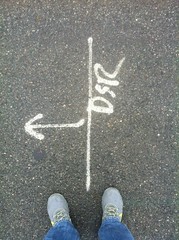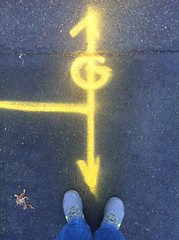On August 3, 2011, my daughter Joy was born. Seeing her develop an awareness of her environment, while I am simultaneously developing my thesis, teaches me to be more aware than I could ever learn to be on my own. It is astonishing to see how she interacts everyday with her environment, and I try to look at my environment with the same newfound curiosity and bewilderment, and apply it to my work. Full Circle, juxtaposes my self-made, childhood home videos and my daughter’s in utero ultrasound images. Through manipulation of speed and rotation, the two forms are a representation of life’s cycle through the past, present and future, merging together in a dream-like experience.






You must be logged in to post a comment.